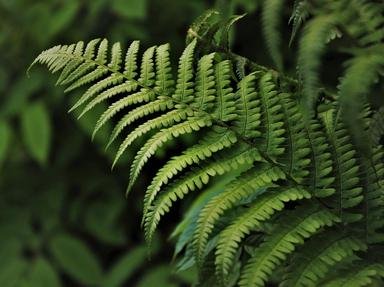Quiz Answer Key and Fun Facts
1. The taproot of this plant, whose spiky seed heads inspired the invention of velcro, is used as food and also as an ingredient of drinks
2. Many curry powder mixes owe their deep golden-yellow colour to this rhizome, which is also used as a dye for clothing
3. One of the world's oldest cultivated crops, this tropical plant with light purple corms is an important food staple in Asia, Africa and Oceania
4. The root of this plant is widely used as a flavouring for its sweet, refreshing aroma
5. A scented substance used in perfumery is extracted from the rhizome of some species of this beautiful flowering plant
6. A native of Eastern Asia, this plant with a distinctively-shaped root has long been used in traditional medicine as a remedy for a number of ailments
7. Besides its uses as food in Africa and other parts of the world, this large tuber - whose name is often erroneously applied to other plants - is a valuable source of phytochemicals
8. This plant, whose lovely flowers are featured as a symbol in many religions, is also widely cultivated for its edible rhizome
9. Nicknamed oyster plant because of its taste, this taproot is also used in herbal medicine as a diuretic
10. Grown in South America since prehistory, this rhizomatous plant is now mostly cultivated as a source of starch with excellent thickening properties
Source: Author
LadyNym
This quiz was reviewed by FunTrivia editor
rossian before going online.
Any errors found in FunTrivia content are routinely corrected through our feedback system.
